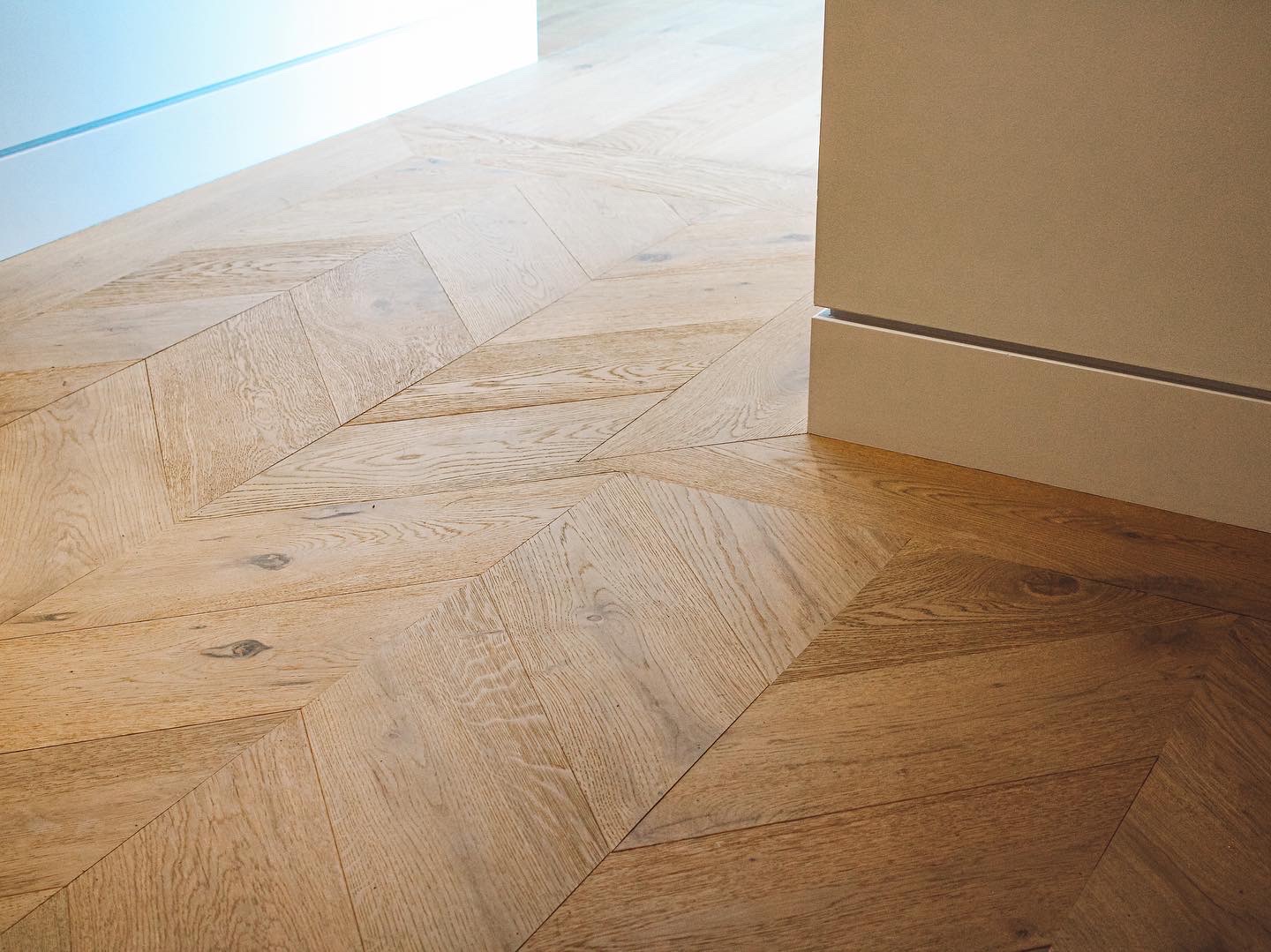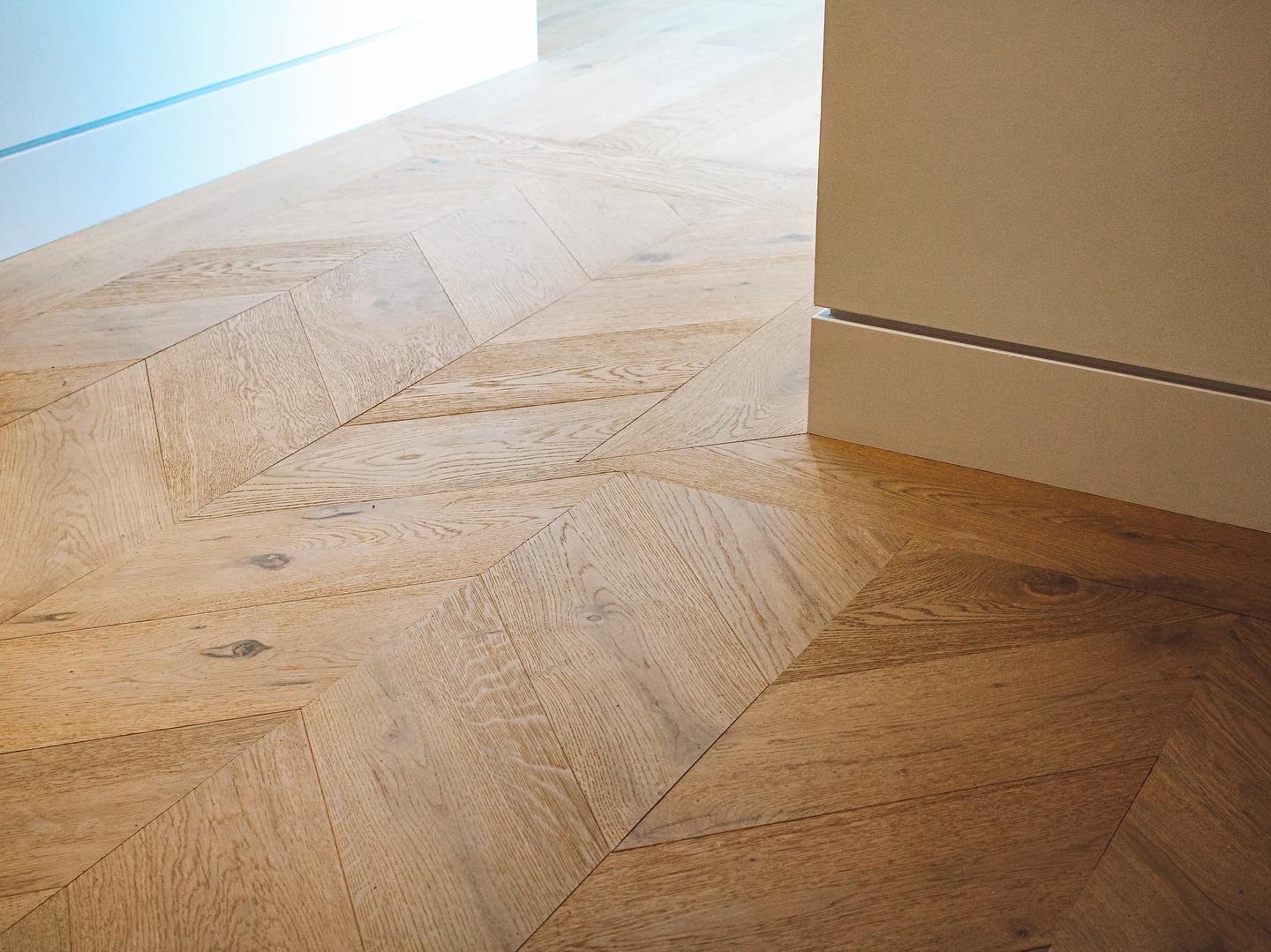High-traffic areas need durable flooring. Explore top choices like hardwood, laminate, vinyl, and tile to find the perfect balance of style and longevity.
Flooring Options for High Foot Traffic Areas
If your home or commercial space sees a lot of foot traffic, choosing the right flooring is essential. Durability is key to ensuring that your floors can withstand the wear and tear of everyday use while still looking great. Whether you’re dealing with busy entryways, hallways, kitchens, or even commercial spaces, finding a flooring option that can handle the pressure is crucial. Let’s explore the most durable flooring options available and help you make the best choice for your high-traffic areas.
Factors to Consider When Choosing Flooring for High Foot Traffic
When selecting a flooring material, there are several factors to keep in mind:
- Wear and Tear Resistance: The floor should be able to handle constant movement without showing scratches, dents, or wear.
- Ease of Maintenance: Opt for floors that are easy to clean and require minimal upkeep.
- Moisture Resistance: In areas prone to spills, like kitchens or bathrooms, water resistance is a must.
- Aesthetic Appeal: Durability doesn’t mean you have to compromise on style. Choose a flooring option that complements your decor.
Luxury Vinyl Plank (LVP) Flooring
Durability and Water Resistance:
Luxury Vinyl Plank (LVP) is a top choice for high-traffic areas because it’s both durable and water-resistant. The planks are designed to mimic the appearance of hardwood while offering more resilience against wear and tear.
Ideal Settings for LVP:
LVP works well in entryways, kitchens, living rooms, and even bathrooms. It’s also a popular choice in commercial spaces.
Pros and Cons of LVP:
- Pros: Scratch-resistant, water-resistant, budget-friendly, easy to install
- Cons: Can feel less. authentic than real wood, less eco-friendly than some other options.
Hardwood Flooring
Durability for Heavy Traffic Areas:
While hardwood floors are generally not as scratch-resistant as other options, harder woods like oak, maple, and hickory can withstand heavy traffic. Hardwood adds warmth and natural beauty to any space, and it can be refinished multiple times to restore its appearance.
Maintenance and Refinishing Options:
One of the biggest advantages of hardwood is that it can be refinished to look brand new. This makes it a long-lasting option for high-traffic areas, but it requires more maintenance than some other options.
Pros and Cons of Hardwood:
- Pros: Timeless appeal, can be refinished, adds value to your home
- Cons: Prone to scratches, requires regular maintenance, sensitive to moisture
Laminate Flooring
Scratch and Dent Resistance:
Laminate flooring is designed to resist scratches and dents, making it an affordable yet durable option for high-traffic areas. It’s made to mimic the look of hardwood but offers more resilience at a lower cost.
Ideal Rooms for Laminate Flooring:
Laminate is perfect for living rooms, hallways, and bedrooms but should be avoided in moisture-prone areas like bathrooms unless it’s a waterproof variety.
Pros and Cons of Laminate:
- Pros: Affordable, easy to install, scratch-resistant
- Cons: Cannot be refinished, less water-resistant than LVP or tile
Engineered Hardwood Flooring
Differences Between Solid and Engineered Hardwood:
Engineered hardwood is made of a real wood veneer layered over plywood or HDF, making it more stable than solid hardwood. This stability makes it ideal for high-traffic areas and spaces where humidity levels fluctuate.
Why Engineered Hardwood Works Well in High-Traffic Areas:
It provides the beauty of hardwood with more durability and moisture resistance. Plus, it’s easier to install than solid hardwood.
Pros and Cons of Engineered Hardwood:
- Pros: More moisture-resistant than solid hardwood, easier to install
- Cons: Can only be refinished a limited number of times, more expensive than laminate
Rubber Flooring
Durability and Shock Absorption:
Rubber flooring is one of the most durable and resilient options, offering excellent shock absorption. It’s commonly found in gyms and commercial spaces but is also gaining popularity in homes for its comfort and durability.
Popular Settings for Rubber Floors:
Ideal for gyms, playrooms, and kitchens, where slip resistance and durability are important.
Pros and Cons of Rubber Flooring:
- Pros: Durable, shock-absorbent, slip-resistant
- Cons: Limited aesthetic options, can be expensive
Best Flooring Options for Specific High-Traffic Areas
Entryways and Hallways:
Tile, stone, or luxury vinyl plank are best for these areas due to their durability and moisture resistance.
Kitchens:
Luxury vinyl plank, tile, and rubber flooring are great for kitchens, as they handle spills, heavy foot traffic, and frequent cleaning.
Commercial Spaces:
Concrete, rubber, or tile flooring is ideal for commercial areas that need to withstand constant foot traffic and cleaning.
Sustainability of Durable Flooring Options
If sustainability is a priority, consider these eco-friendly options:
- Cork and Bamboo Flooring: Highly renewable resources that offer durability for high-traffic areas.
- Recycled Materials in Vinyl and Rubber: Look for recycled content in these floors for a greener choice.
Conclusion
Choosing the right flooring for high-traffic areas requires balancing durability, style, and cost. Whether you opt for luxury vinyl plank, tile, hardwood, or concrete, there’s a durable flooring option to suit every home and commercial space. Consider your specific needs, maintenance preferences, and budget to make the best choice for your high-traffic areas.
FAQs
- Which type of flooring lasts the longest in high-traffic areas?
Tile, stone, and concrete flooring tend to last the longest in high-traffic areas due to their exceptional durability. - Can I install hardwood flooring in high-traffic areas?
Yes, but choose harder wood species like oak or hickory, and be prepared to refinish the floors over time. - Is tile flooring too cold for busy spaces?
Tile can feel cold underfoot, but adding area rugs or radiant heating can help make it more comfortable. - What’s the best low-maintenance flooring for high foot traffic?
Luxury vinyl plank (LVP) and tile are both low-maintenance options that handle heavy foot traffic well. - How do I protect my floors from heavy foot traffic?
Use rugs or runners in high-traffic areas, apply furniture pads, and regularly clean the floors to prevent damage.





